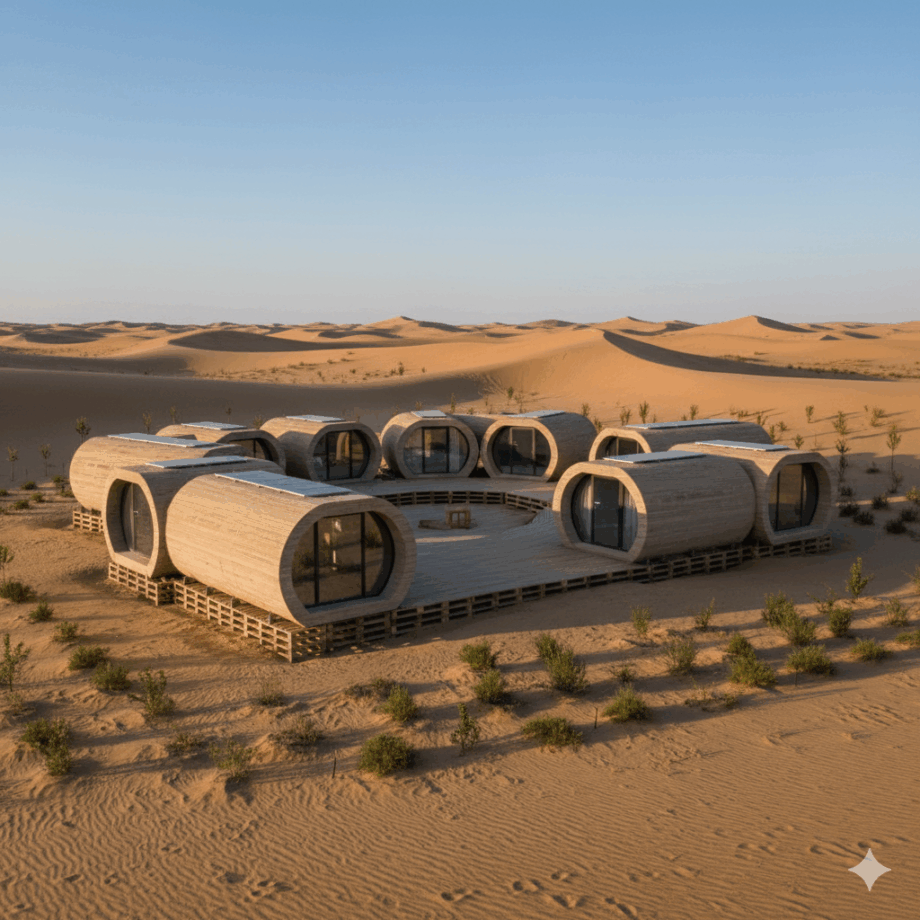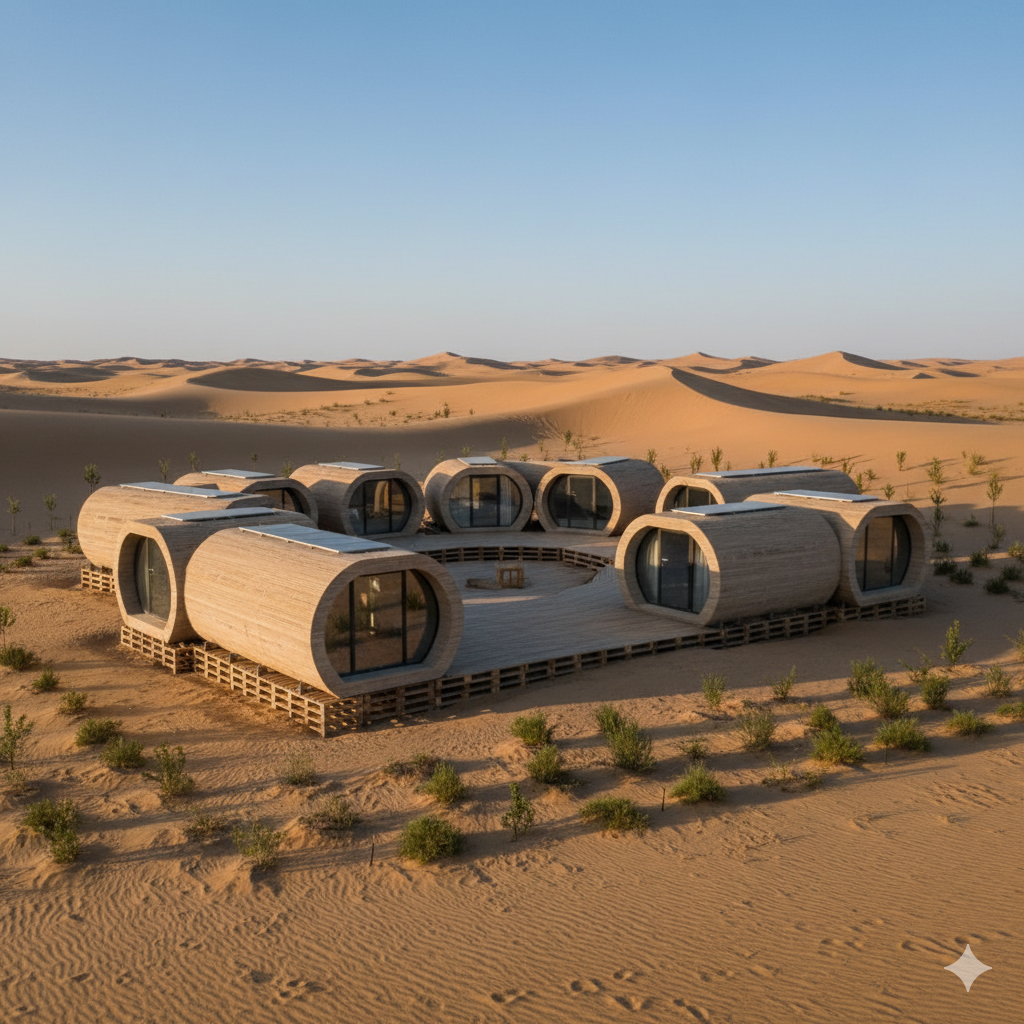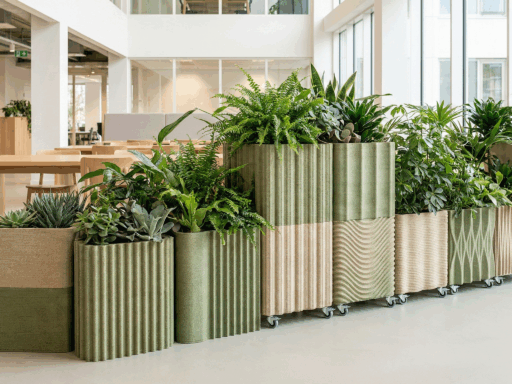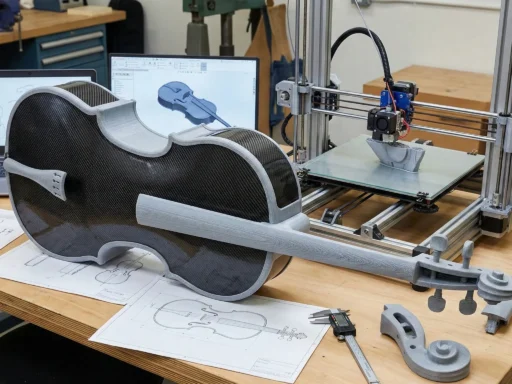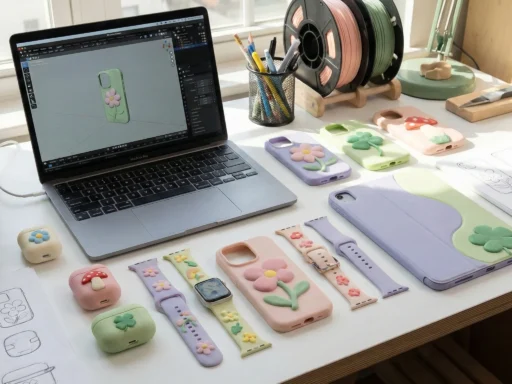A next-generation kind of architecture has taken root in Inner Mongolia’s Tengger Desert, Desert Ark – China’s first 3D printed concrete structure built in a desert environment. Created by designRESERVE studio for a local non-profit organization working on long-term reforestation, this modular camp accommodates the “Rangers of the Desert-Locking Forest”. The group has been volunteering to stop the desert’s expansion to the east with ongoing tree-planting since the 1990s.
The 150-square-meter camp boasts nine 3D-printed modules, each for a specific use, from sleeping quarters and showers to a kitchen and storage – these are all arranged around a central wooden deck that serves as a communal hub. The cluster’s enclosed form helps to shield volunteers from strong winds and sandstorms while offering a visual openness to the dunes.
“We wanted to create a shelter that blends into the desert while standing up to it,” said a representative of the designRESERVE team to designboom. The creators describe their project as both a functional base camp and a research prototype for future construction in extreme or even extraterrestrial spaces.
The team prefabricated each unit in Wuxi using Robotic 3D Concrete Printing (R3DCP), then delivered these units to the site and assembled them in just two days with the help of local herders. The foundation is made of reused cargo pallets, minimizing ground disturbance, while the sand-based concrete mix ties the modules visually and materially to their surroundings. “The desert itself provided our material palette,” said one of the designers.
Beyond aesthetics, Desert Ark showcases off-grid sustainability. Solar panels power the camp, a biodegradable septic system filters wastewater for reuse, and the cavity walls of the 3D printed modules regulate temperature in extremes from –30°C to +45°C.
designRESERVE aims to demonstrate how 3D printing can aid fast, low-impact, and highly adaptive construction in environments where conventional methods fall short. As they put it, “Desert Ark is more than a shelter – it’s a living experiment in how technology can help us coexist with the most challenging landscapes on Earth.”
